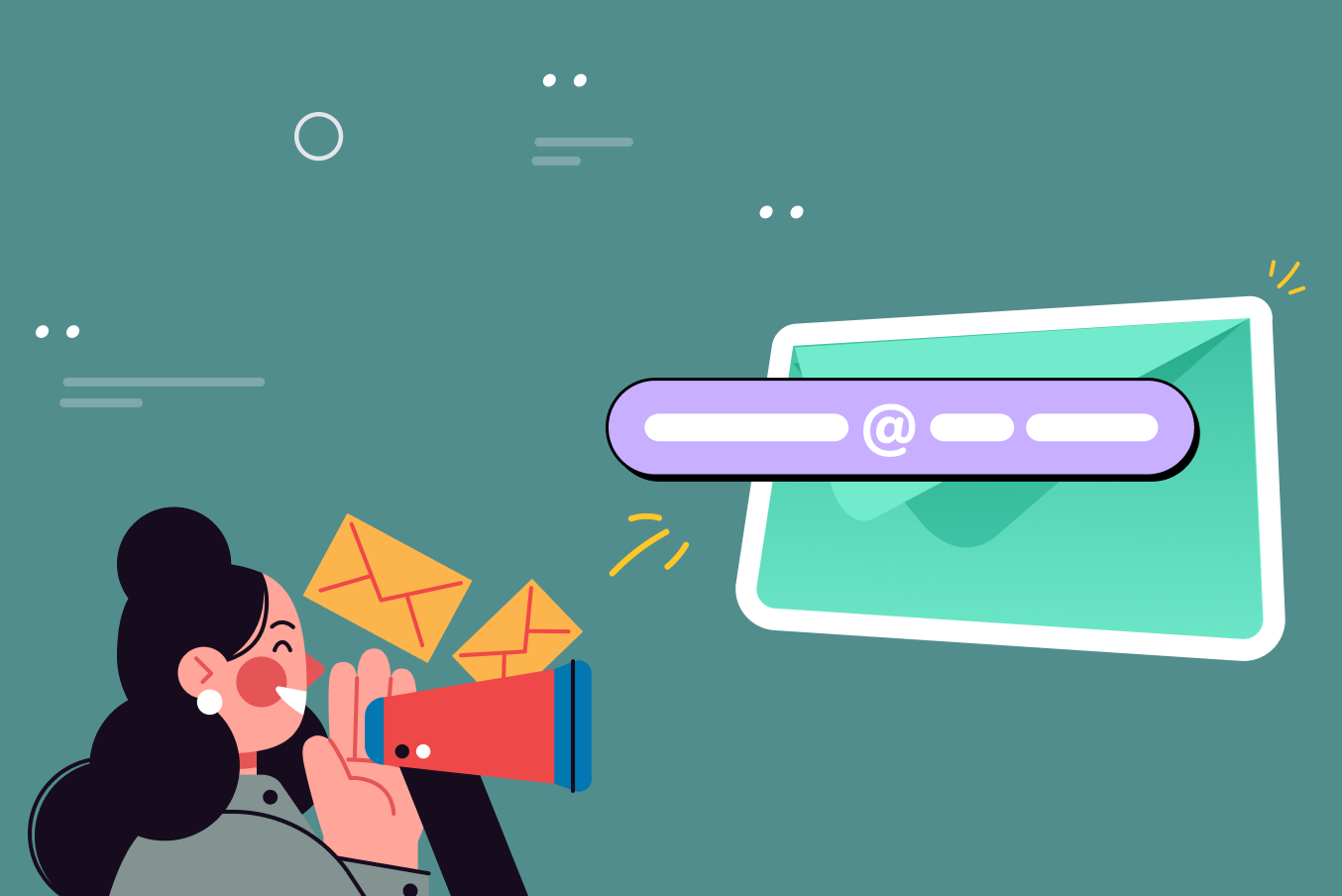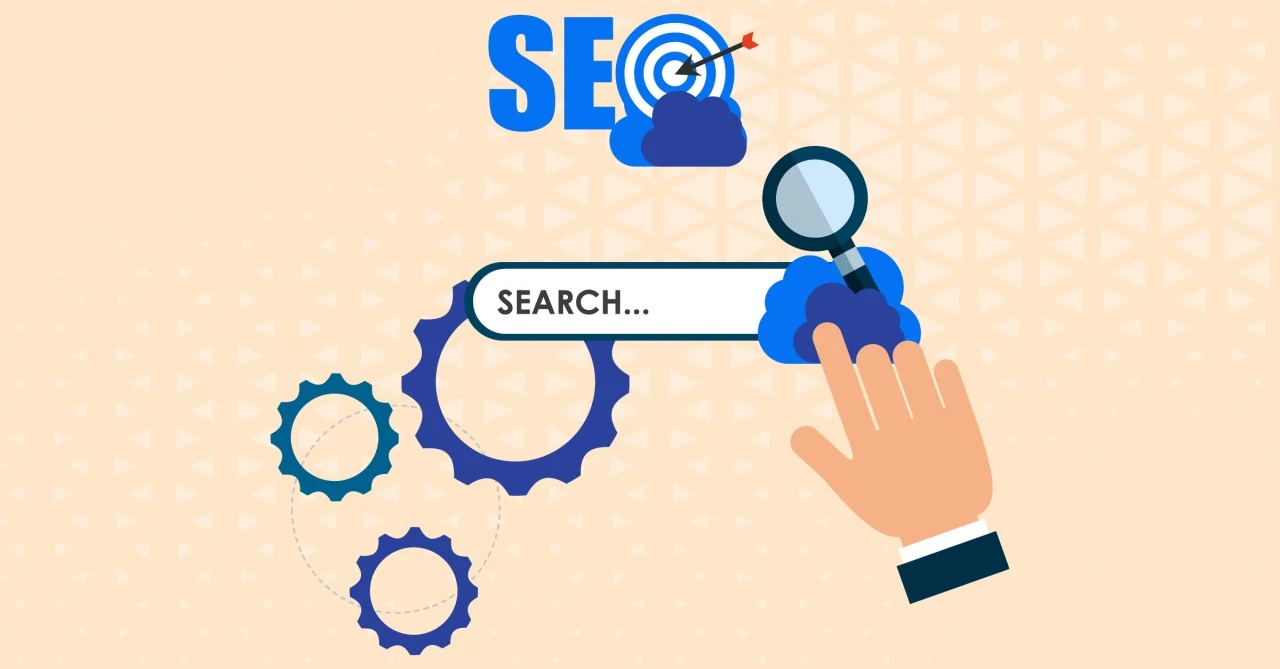The best salespeople pay attention to buying cues from their customers. If there are no buying signals, they move on to a better lead. They are persistent when they sense a deal can be closed quickly but recognize that sometimes timing issues are at play.
By giving their prospect space and following up a little later down the road, they build trust, rapport and when the time comes, they close the deal. To summarize, good salespeople know how to how to read customers/prospects and use timing to their advantage.
Email marketers? Not so much. Despite having increasingly complex data on their subscribers, many marketers continue to treat all their subscribers the same.
Don’t talk your customers to sleep! If a person seemed bored, do you keep talking until they fall asleep? No? Well, that’s exactly what many email marketers do.
Now in the past, this was forgivable. Marketers didn’t always have a way to tell how people were responding to their advertising. Campaigns were formulated over whiskey and cocktails by “Mad Men” in smoke-filled rooms over Madison Avenue. Back then, a marketer could SELL a campaign that mattered.
Things are different now. For the digital marketer in 2018 and beyond, email open/click and read time data are available on an individual level, and smart marketers are using this data to make their email programs responsive.
Email Deliverability Basics
Salespeople who are particularly obnoxious eventually have a hard time booking appointments. Email marketers who send emails to people daily who never open/click may start to see their emails delivered to subscribers spam folders even for people that engage often.
Many marketers assume that if their open rate is 20%, that means subscribers are on average opening every fifth email. It’s more likely that a small fraction of their subscriber-base opens all of their emails, a more substantial chunk opens an occasional email, and then another subset has completely fallen asleep and has not engaged in months. Eventually, those disengaged people will take a toll on your “sender reputation.”
What can you do to avoid this? Learn to read digital body language.
Build a Responsive Email Marketing Program
All the data you need is already being captured by your marketing automation platform. You just need to put it to work. So let’s get started.
The first step to a responsive email program is to divide your audience into segments based on the engagement level. There are many ways to do this, including using specialized software to predict customers’ engagement level, but let’s look at how you can do it manually.
Step 1: First, figure out how many emails your subscribers typically receive per month. That should include all your channels, blog notifications, etc. For this example, let’s say you send 10 emails per month, or two to three per week.
Step 2: Pull a list of all your subscribers that have not opened any of your past 60 emails (or about six month’s worth). We’ll call these subscribers “disengaged.”
Step 3: Pull another list, this time for subscribers who haven’t opened an email in four months, but have opened one the last half year. We’ll call this segment “low engagement.”
Step 4: Now create a list of subscribers that have opened emails within four months, but not in the last 15 emails, or month and a half. This is your “moderate engagement” segment.
Step 5: Last, create a segment for “highly engaged” subscribers who have opened an email in the last month and a half.
If your emails tend to be link- or CTA-heavy and you want to be even more aggressive, you can use clicks instead of opens.
Customize Engagement Levels
Now that you have broken your audience down by their digital body language, you can engage with each type of subscriber differently.
Assuming your disengaged email addresses are people that have previously engaged, you could simply lower your email cadence, or run a re-engagement campaign. You could also try changing up their send time, or send their emails when they have historically engaged with your emails in the past to increase your chances of them opening/clicking.
For your low engagement subscribers, consider bumping their email frequency down to once or twice a month. For your moderate engagement subscribers, you could cut their frequency down to weekly, etc., and for high, you can keep email frequency the same as before. There are no strict rules here, and your strategy should be guided by your brand’s goals and A/B testing.
Despite sending dramatically less email, you will likely find that your total clicks/opens will fall very little and over time, will actually increase. Remember, most of the people who are receiving less email weren’t opening very many in the first place! Your customers will be thankful for you listening to their digital body language, and your email deliverability will improve as your overall engagement rates rise.
We will handle your contact details in line with our Privacy Policy. If you prefer not to receive marketing emails from Marketo, you can opt-out of all marketing communications or customize your preferences here.







